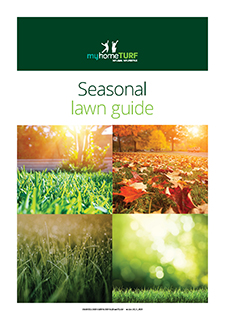Can a Lawn Mower Spread Fungus?
A beautiful green lawn is a natural invitation to relax, play and spend time outdoors. However, ensuring your lawn stays healthy requires effort and a lawn care routine, ...

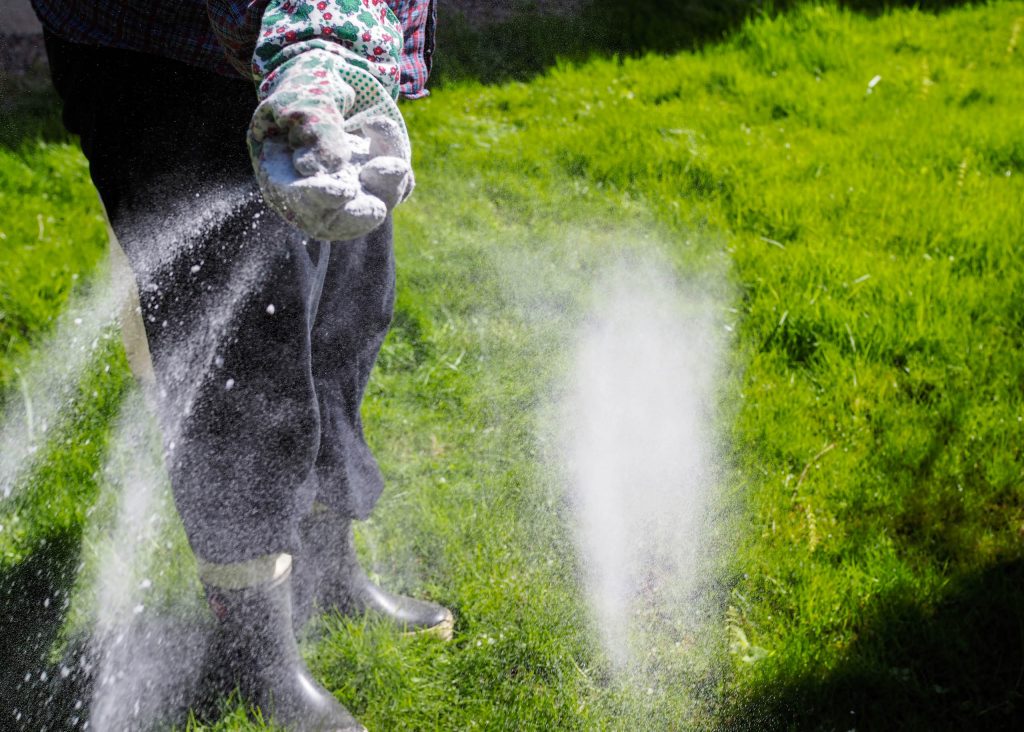 A beautiful, lush lawn is a source of pride for many homeowners. It not only adds to the aesthetics of your property, but also provides a functional space for outdoor activities and relaxation.
A beautiful, lush lawn is a source of pride for many homeowners. It not only adds to the aesthetics of your property, but also provides a functional space for outdoor activities and relaxation.
One essential aspect of lawn care is fertilisation, as it ensures that your grass receives the necessary nutrients for healthy growth.
However, you may be wondering when the best time to fertilise your lawn is, and whether it’s okay to apply fertiliser after mowing or if you need to wait.
The short answer is yes, you can fertilise your lawn after mowing, but there are some things to keep in mind to ensure your lawn stays healthy and looks great all year round.
In this article, we’ll discuss when to fertilise your lawn after mowing, the effects of grass type and climate, fertilisation rates, types of fertilisers, and recommended fertilisers to use on your lawn.
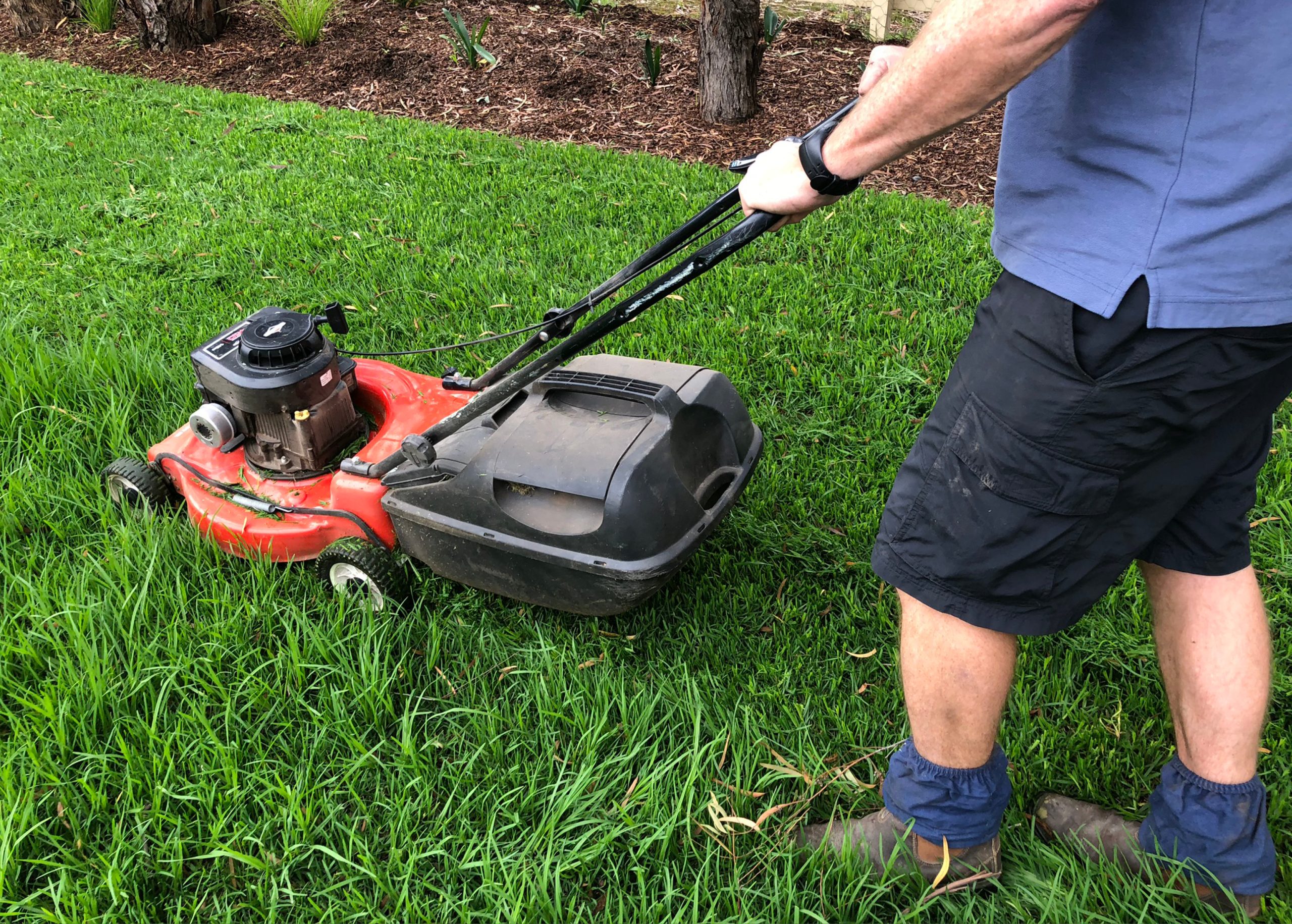 As a rule of thumb, it’s recommended to wait at least two days after mowing before applying fertiliser to your lawn.
As a rule of thumb, it’s recommended to wait at least two days after mowing before applying fertiliser to your lawn.
This will give it time to recover from the stress and avoid any potential damage to the freshly cut blades of grass.
You should also wait about a week after applying fertiliser before mowing your lawn again. This allows the fertiliser to soak into the soil and be absorbed by the roots before the grass is cut.
The decision on when to fertilise your lawn should be based on your climate and grass type.
Each grass type has its own specific needs, and the climate can influence how often and how much fertiliser to apply. We recommend doing it at least two or three times a year to promote healthy growth.
For example, autumn is a popular fertilising season because the soil is still warm, and grass is still growing.
Other environmental events, such as drought, can also affect when to fertilise your lawn.
There’s more information in our guides on when to fertilise, and fertilising in autumn, winter and spring.
 How much fertiliser to apply depends on how much nitrogen your lawn needs, as well as the grass type and climatic conditions.
How much fertiliser to apply depends on how much nitrogen your lawn needs, as well as the grass type and climatic conditions.
Applying too much fertiliser can be just as bad as applying too little. There’s information about how to avoid over fertilising here.
To accurately calculate how much fertiliser you’ll need, measure how big your lawn is.
If it’s a square or rectangular shape, measure the width and length in metres, multiply the two numbers and the result is the area in square metres.
There’s a guide to calculating lawn area here for more complicated shapes, such as circles, triangles and irregular shapes.
Using the correct fertiliser for your grass type, soil type and the time of year is crucial for keeping your lawn healthy.
|
Fertiliser type |
Advantages |
Disadvantages |
|
Granular slow release |
Can be applied four times a year, available in bulk and is easily stored. |
None |
|
Traditional |
Often the cheapest granular fertiliser and will cause a quick spike in grass growth and greening |
High application rates are needed and the effects will last for a short period. The excess will run off after watering or rain. |
|
Liquid |
Contains a good mix of essential nutrients that are easily absorbed through the leaves and roots |
Best suited for light, frequent feedings, or as a supplement to granular fertiliser during the growing season |
|
Organic |
Contains natural ingredients such as seaweed, fish, manure and bio-stimulants |
Often more expensive than other fertilisers |
Slow-release fertilisers are generally the best option as they release nutrients over time, reducing the risk of lawn burn.
Before using any fertiliser product, read the safety directions and always follow the instructions on the label.
For more information, check out The Concise Lawn Fertiliser Guide.
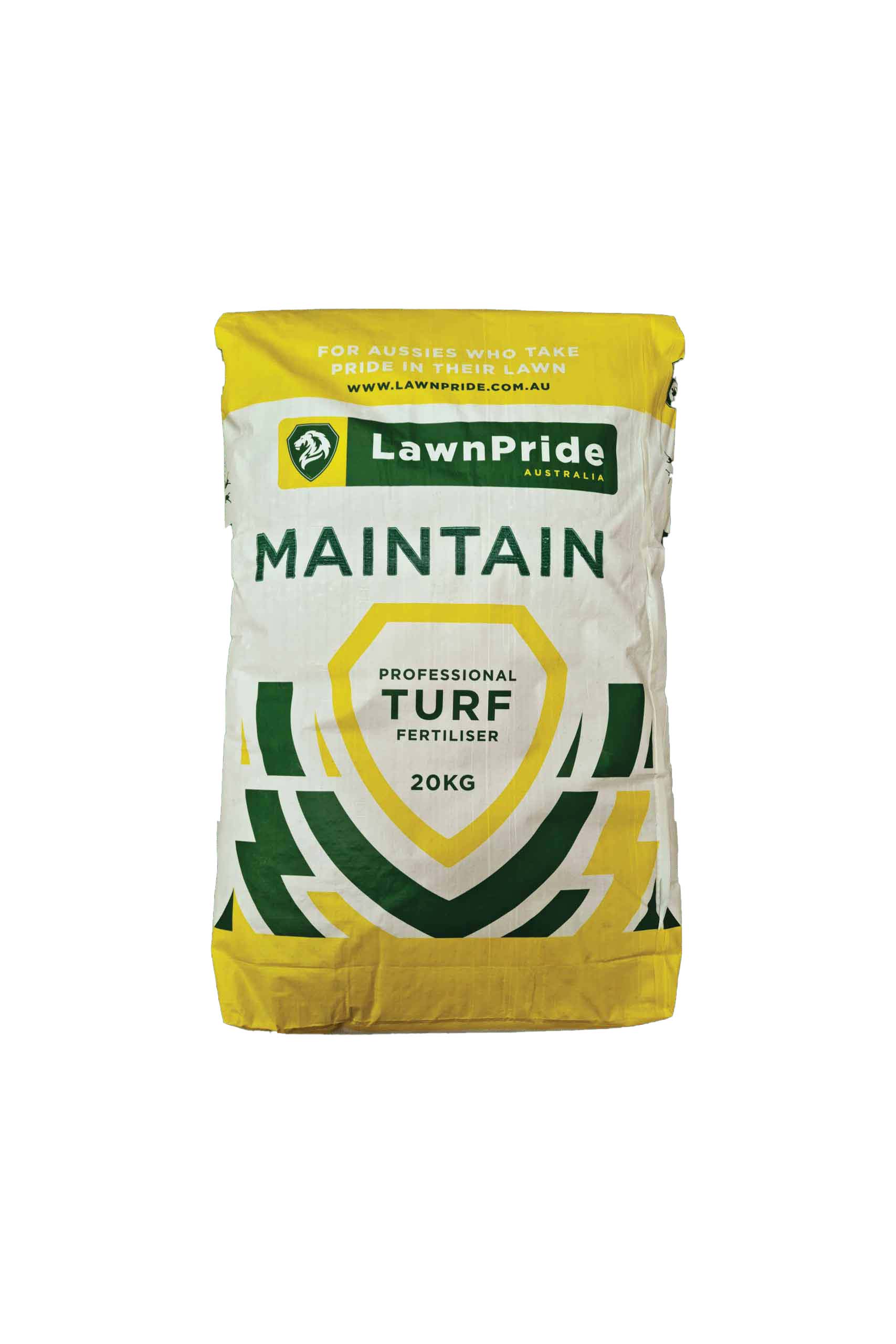
LawnPride Maintain 26-2-9 + 3.4 Fe 20kg is one of the most popular granular all-round lawn fertilisers on the market, containing slow release nitrogen. Suitable for Zoysia, Kikuyu, Couch and Buffalo grasses.
SHOP NOW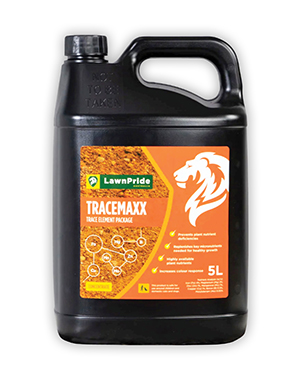
LawnPride TraceMaxx 5L Concentrate provides a complete package of nine essential Trace Element nutrients that aid in preventing plant nutrient deficiencies. Suitable grasses are Zoysia, Kikuyu, Couch and Buffalo.
SHOP NOW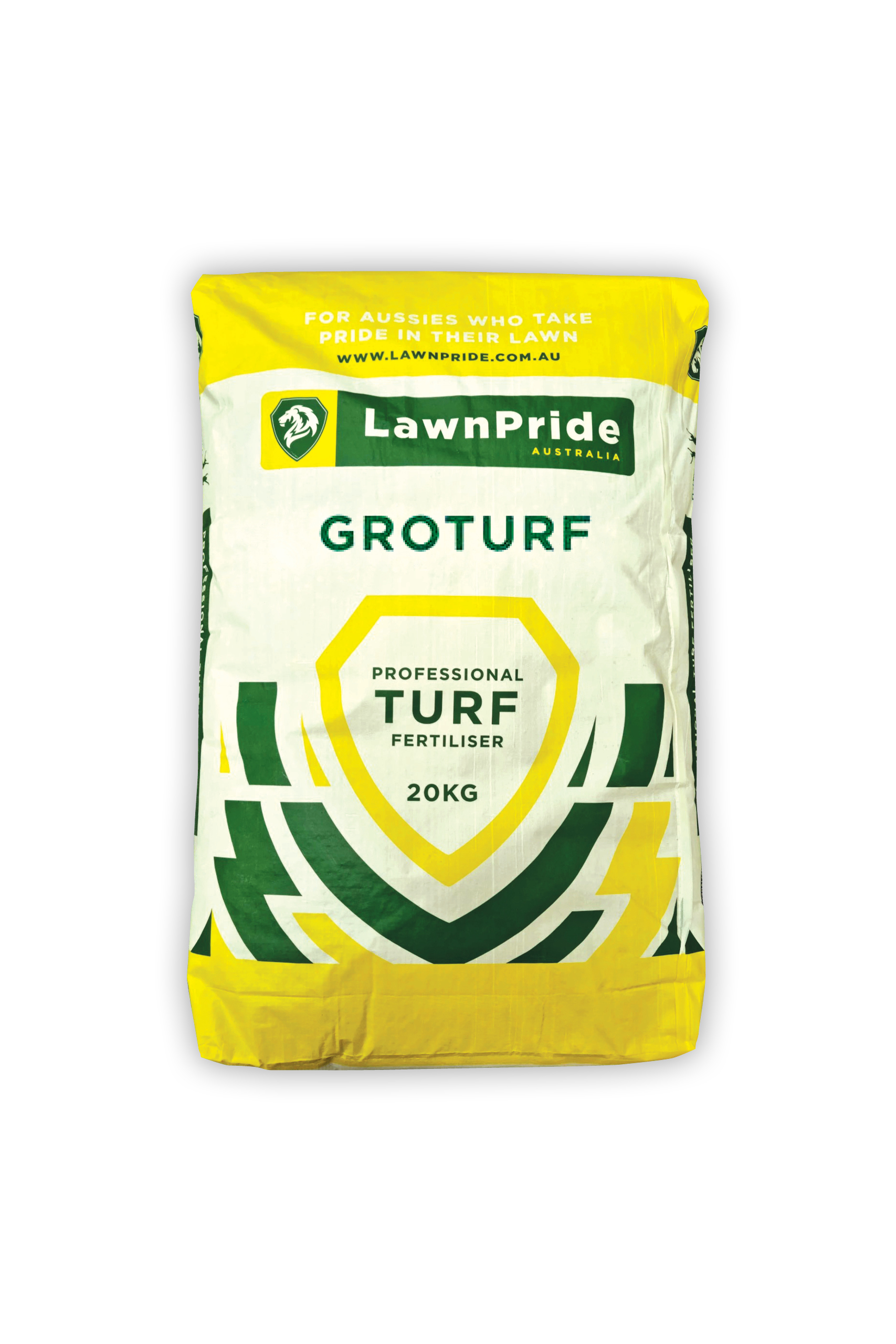
LawnPride Groturf 15-4-11 + Traces 20kg is an instant release granular fertiliser designed to initiate rapid growth of your lawn. Suitable grasses are Zoysia, Kikuyu, Couch and Buffalo.
SHOP NOW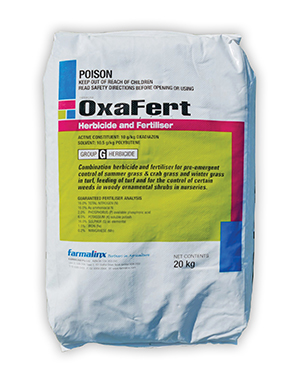
Oxafert 16-2-6 20kg is a combination product containing both NPK fertiliser and pre-emergent herbicide. Suitable for Zoysia, Kikuyu, Couch and Buffalo grasses.
SHOP NOWFertilising your lawn after mowing can be done, but it’s important to wait a few days after mowing, follow a fertilisation schedule and use the correct fertiliser for your grass type and the time of year.
By following these tips, you can ensure your lawn remains healthy, green, and beautiful all year round.
Sign up for our Newsletter to receive your free guide.
